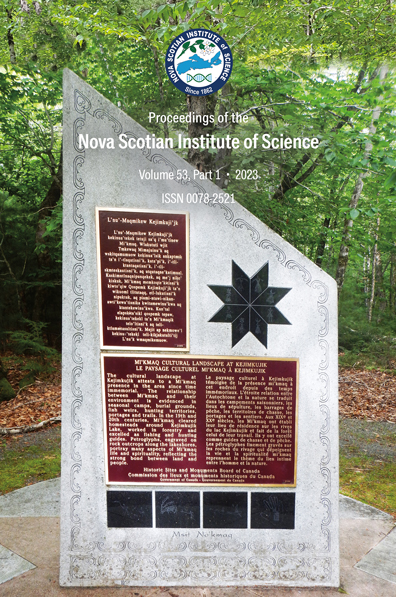Diversity of Mycorrhizal fungi in Eastern Hemlock stands will significantly change with the effects of Hemlock Woolly Adelgid infestation in southwestern Nova Scotia, Canada
DOI:
https://doi.org/10.15273/pnsis.v53i1.11823Abstract
A foundation tree species, eastern hemlock (Tsuga canadensis) is threatened by the invasive hemlock woolly adelgid (Adelges tsugae) (HWA) in southwestern Nova Scotia, Canada. The loss of this key species and its heavily shaded ecosystems may alter the diversity of important mycorrhizal fungi in hemlock forests. Mycorrhizal fungi share a vital mutualistic relationship with their host trees; consequentially, understanding if and how the predicted eastern hemlock decline will affect mycorrhizal diversity is paramount. Using available literature, we discuss three major consequences of HWA on eastern hemlock ecosystems – changing forest composition, loss of old-growth trees, and increased insect stress on host trees – and how they will likely influence mycorrhizal communities as adelgid infestations intensify. Environmental variables are also discussed as another major influence on fungal diversity. We conclude that the mycorrhizal community of eastern hemlock forests will likely change significantly as old-growth hemlock is replaced with mixed forest. We also suggest that mycorrhizal community composition will shift in favour of generalist mycorrhizae which form symbioses with multiple tree species. These conclusions illuminate the future of hemlock forest fungi in southwestern Nova Scotia and underline the importance of conserving old-growth eastern hemlock forests and their unique fungal communities.


